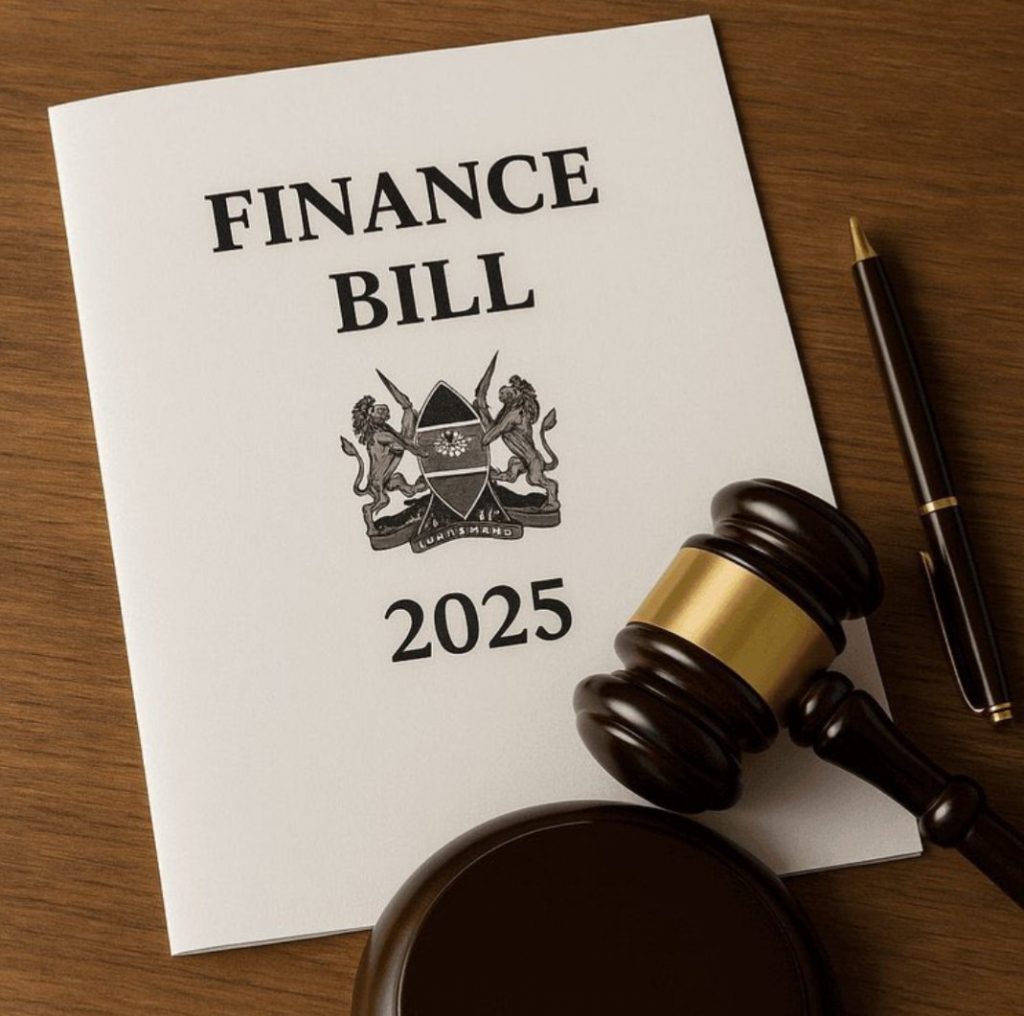
The Finance Bill 2025 in Kenya is set to have a considerable effect on flower growers due to proposed modifications in VAT regulations and possible rises in input costs. In particular, the elimination of VAT exemptions on crucial inputs such as fertilizers, pesticides, and seeds, along with the introduction of VAT on locally assembled inputs, will lead to increased production costs. This situation, combined with restrictions on carrying forward tax losses, may put pressure on the profitability of flower growers, especially those engaged in long production cycles.
A more detailed analysis
Impact of VAT Changes
Increased Input Costs: The Finance Bill 2025 has eliminated VAT exemptions on vital agricultural inputs like fertilizers, pesticides, and seeds. Consequently, these items will now incur a 16% VAT, which will elevate production costs for flower growers.
Impact on Profitability: The rise in input costs will diminish profit margins for flower growers, potentially making it more challenging to stay competitive in the market.
Ripple Effect: The heightened cost of inputs is likely to be transferred to consumers, which may influence the demand for flowers.
Impact of Loss Carryforward Limitations
Strained Cash Flow: The Bill suggests restricting the carryforward of tax losses to five years. For enterprises with lengthy production cycles, such as flower farms, this could result in the loss of the ability to offset losses against future profits, thereby affecting cash flow and possibly obstructing reinvestment.
Other Potential Impacts
Reduced Investment: The combination of rising costs and restricted loss carryforward may deter investment in the flower sector, potentially hindering growth and innovation.
Pressure on Smallholders: Smallholder flower growers, who may already be grappling with issues like climate change and unstable markets, could be especially susceptible to these changes.
In summary, the Finance Bill 2025 is likely to foster a more difficult environment for flower growers in Kenya, potentially affecting their profitability, investment choices, and overall sustainability.
